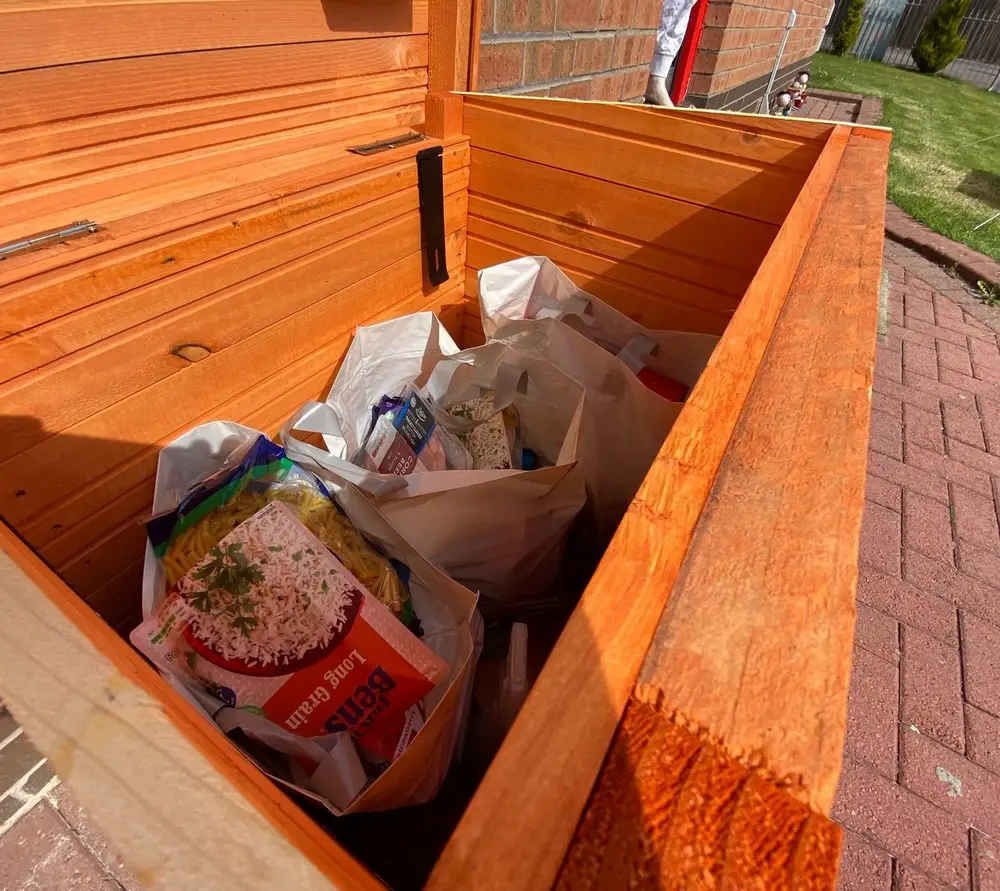Selecting sneeze guard thickness and other specifications guide, Safety screen tips, Online shields advice
Selecting Sneeze Guard Thickness and Other Specifications
10 Feb 2021
Installing sneeze guards is a very common practice for COVID-19 precautions as now most of the offices and public places are open after locking down at many places. There are many factors to consider while implementing sneeze guards, out of which thickness of the screen is a very important consideration. In this article, we will discuss the specifications of screen guard thickness.
Selecting Sneeze Guard Thickness and Other Specifications Help Guide
The thickness of screen guards
Different thicknesses have different benefits
Thin shields
Thin sheets are usually 0.118 – 0.125 inch thick, and these sheets are available widely now. These are deemed ideal for small spaces like a table or the partitions to be made on conference tables etc. These are much less expensive, too, compared to other thick sheets, and so one can buy these in bulk and custom make the sneeze guards.
Medium-thick shields
Thicker sheets are usually 1/4″, i.e., 0.25 inches thick sheets, ensuring more durability and stability while making sneeze guards. Thicker sheets are finished with lightweight aluminum framing, making these sneeze guards much durable and easy to move.
Thick shields
If you are planning to invest in a long-term solution in terms of sneeze guard, it is ideal to purchase larger guards to cover a wider area. You can opt for thicker materials as 2/3″ to about 1″ thick shields, which can resist the cracking, impact, shattering, etc., and provide more protection against cough. These are especially large format shields, which can offer a better solution in terms of strength and durability.
Extra thick shields
Sometimes you have to handle extreme situations where there are extreme measures needed. You may consider the usage of extra-thick acrylic sheets. In places like healthcare institutions and other places where the public footfalls are higher, it is ideal to use extra-thick sneeze shields to ensure optimum protection. For most of these applications, you may look forward to materials that are thicker than one inch.
Features and benefits
While evaluating the needs, you may consider some features and benefits of using prefabricated sneeze guards:
Pass-through slits: For the welcome desks or transaction counters, the window bottom must be compliant for transactions to be done. One should be able to exchange papers or currency notes through the small window.
Full body panels: For service areas, valet stands, and other customer facing areas, it is ideal for placing a full-body sneeze guard that is transparent and covering the employees at full height.
Easy to attach feet: Designed in a triangular shape with a slit installed into the middle, the feet slip can slip on to the solid acrylic sheet and offer the sneeze an upright stature.
Metal or aluminum frames: To add more durability and strength to the thin sheets and also to add to the aesthetic appeal, meta or aluminum framing is used, which is usually installed on the edge fringes.
Other popular designs of sneeze guards are wrap-around design, desktop guards, small-sized sneeze shields, etc. In some cases, the stand-alone reception and other such areas may benefit the most from such all-in-one solutions.
Comments on this guide to Selecting sneeze guard thickness and other specifications article are welcome.
Glasgow Building Designs
Glasgow Architecture Designs – architectural selection below:
Holiday Inn Pacific Quay Hotel
Comments / photos for the Selecting sneeze guard thickness and other specifications advice page welcome.
